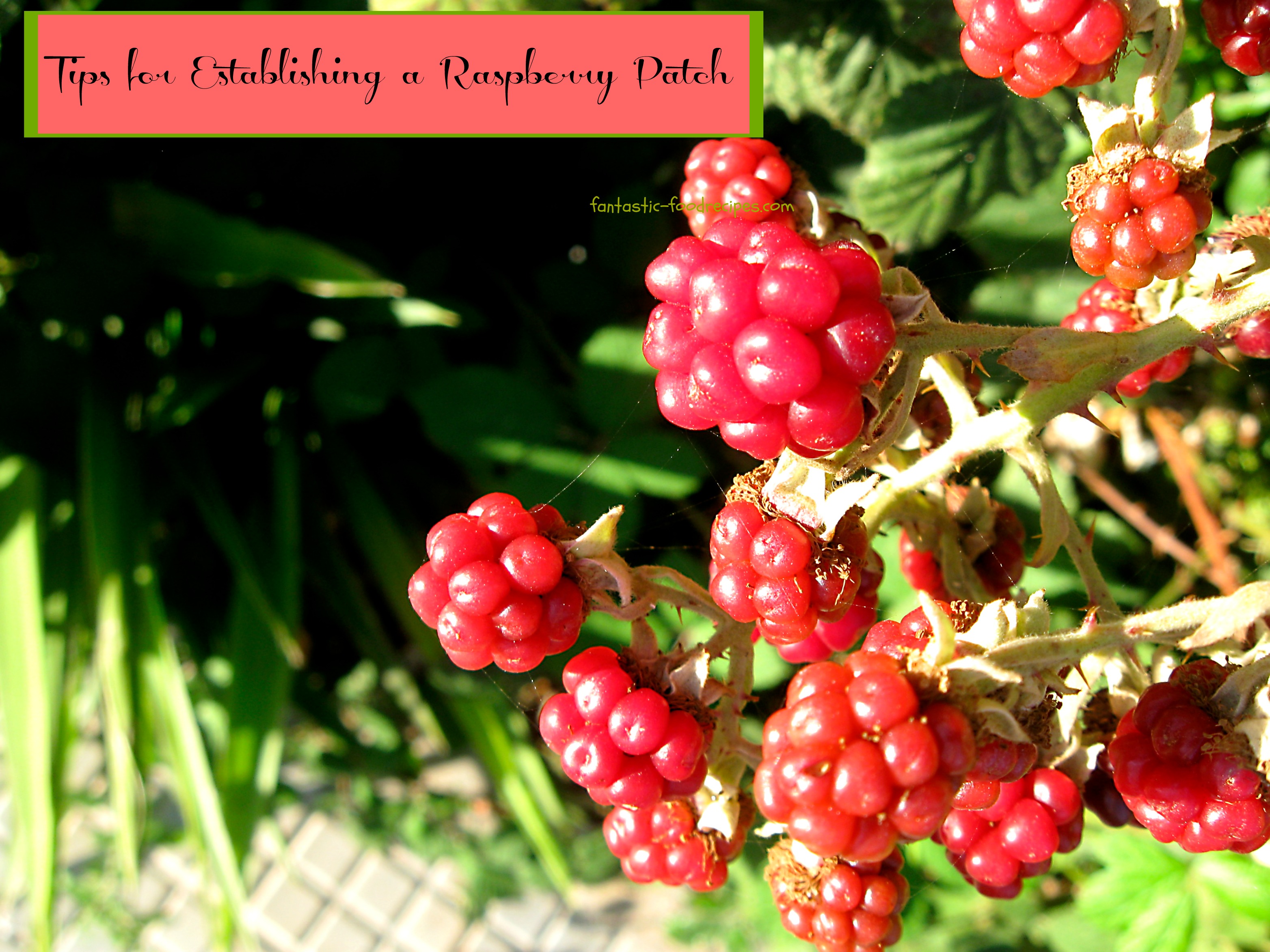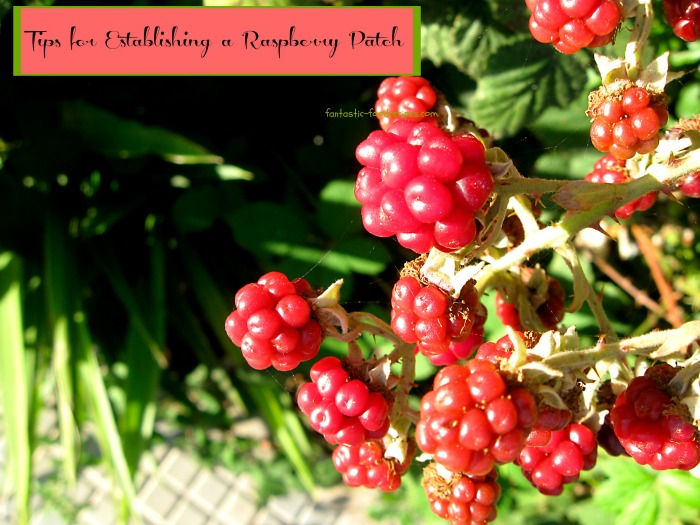
 A raspberry patch is a great way to add a fruit bearing element because it can improve the overall health and beauty of any home garden. Birds and beneficial insects are naturally attracted to any type of berries, and as soon as you get a patch growing you will begin to notice the change in the number of these creatures that you see around. For a steady supply of fresh raspberries, a patch will create a constant source of both berries and new plants that will seed themselves and grow in the area that you have established!
A raspberry patch is a great way to add a fruit bearing element because it can improve the overall health and beauty of any home garden. Birds and beneficial insects are naturally attracted to any type of berries, and as soon as you get a patch growing you will begin to notice the change in the number of these creatures that you see around. For a steady supply of fresh raspberries, a patch will create a constant source of both berries and new plants that will seed themselves and grow in the area that you have established!
Get your very own raspberry patch started with just a few easy steps and soon you’ll be racing to beat the birds and insects to the best selection of berries on the vine.
Establish a Garden
Raspberries need room to grow, and if you don’t already have an empty garden bed open to you, consider a few things before selecting a spot. You need to have full sun for a patch to do well, these are fruit bearing plants and they need a lot of sunshine to convert into energy for the fruit. A clean bed is also important because you want to prevent the vines from contracting any disease which will cause root rot or harm the stems, which are perennial. Finally, the garden bed should be well drained, you do not want soil that is constantly waterlogged or slow to dry out after it rains.
Choose The Best Variety for You
There are so many types of raspberry bushes available to begin growing a patch. Many of the newer varieties make it easier to start growing the plants in whatever type of garden or garden space you have available to you. Think about the space that you have set aside for establishing a raspberry patch and find the variety that is able to best thrive there and do well in the hardiness zone that you are based in. Planting what does well in the environment that you are able to provide to the raspberries, makes it easier for the plants to put their energy into creating plump raspberries rather than into trying to stay alive.
Planting Your Patch
Once you have the bed prepared and the plants selected, you can begin to plant your patch. Raspberry plants usually come in the form of a rooted stem, which need to be planted into the soil before it will begin showing signs of life. While these may look odd at first, they will only look like sticks stuck in the dirt for the first couple weeks before they begin to show signs of life. Plant your vines in rows, about a foot apart, with one foot between each plant.
It is important to remember that raspberries will seed themselves and your new patch will have volunteer plants next year, so if you do not want to thin those out, leave more space between all your starter plants now. The roots of the plant should be entirely covered with soil and the whole patch should be well watered for the first two weeks.
Now all you have to do is wait for your vines to begin growing and then producing berries– it might not happen in the first season.
If you like this post, see more gardening posts, recipes and tips on Pinterest.
Come follow me on Facebook and Twitter.




Leave a Reply